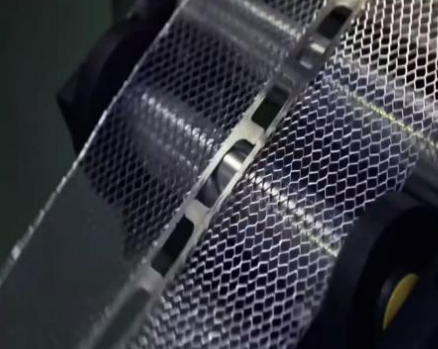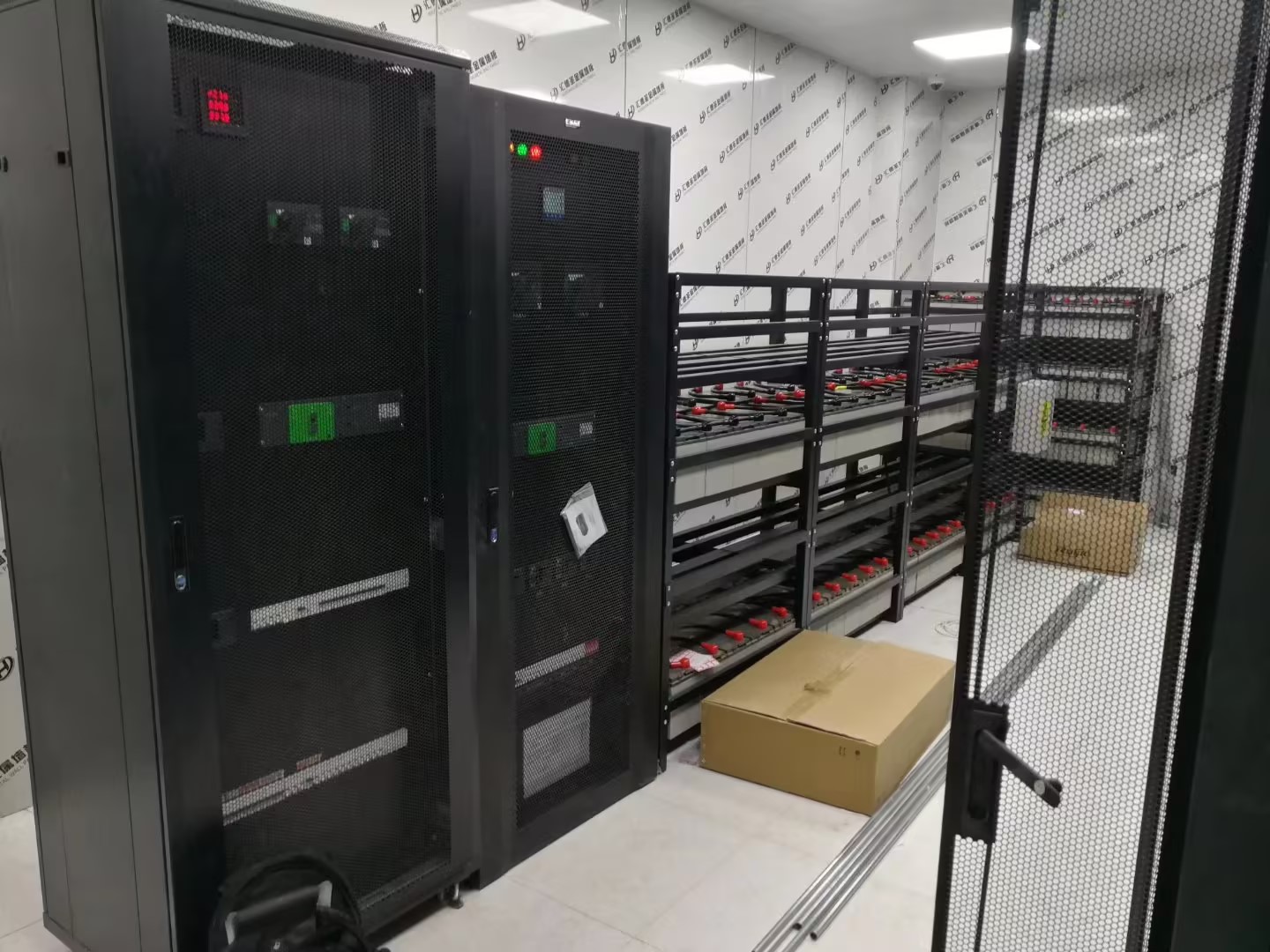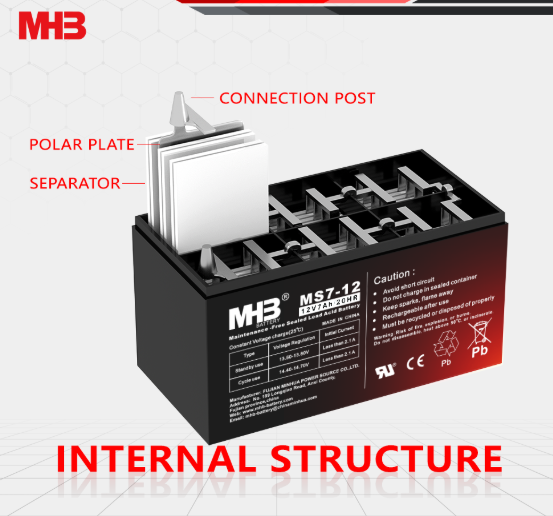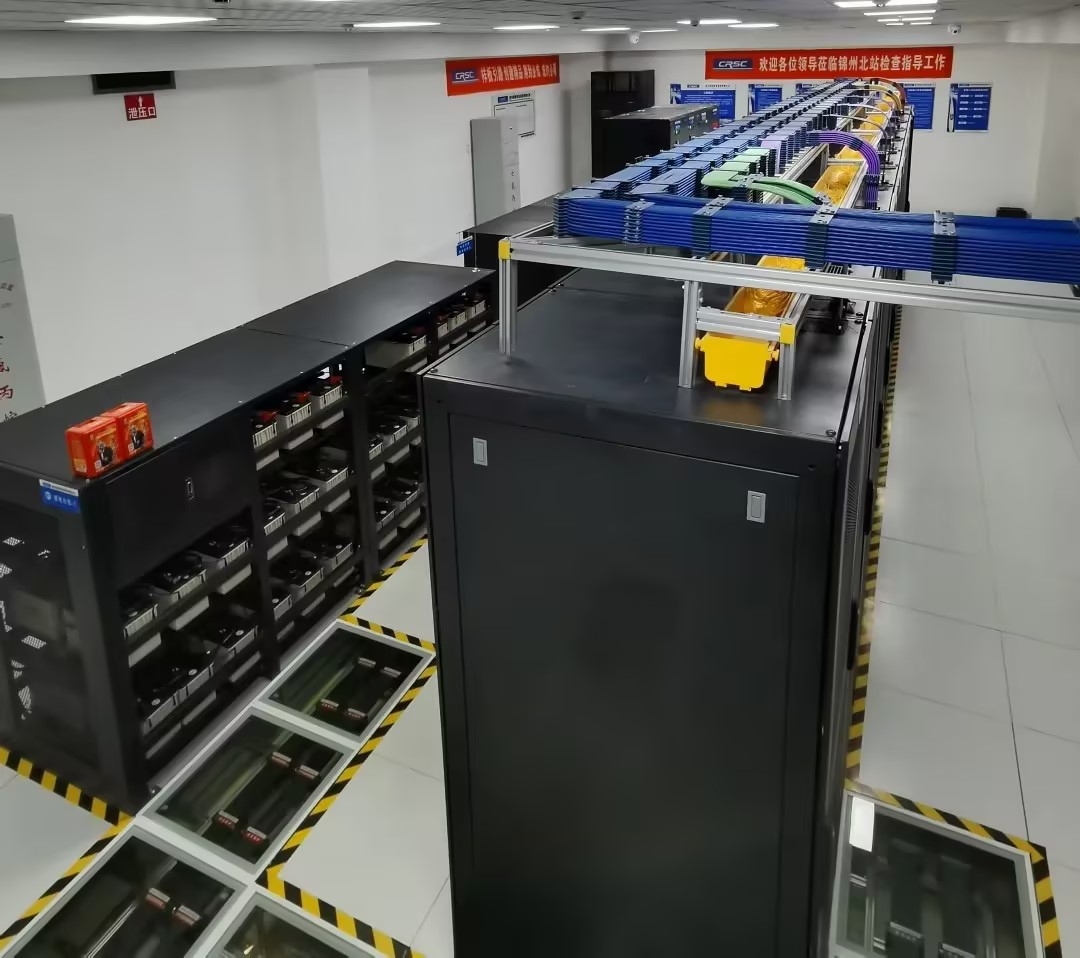UPS Battery Room Maintenance and Precautions
Ensuring the longevity of an ups battery is vital for uninterrupted power supply. UPS battery room is a critical facility that safeguards continuous power delivery, and the proper care of lead-acid batteries directly influences the system’s performance and lifespan. Below are detailed maintenance methods and precautions.
1. Environmental Management
Temperature Control
-
Impact on Battery Life: For every 10°C increase in temperature, a lead-acid battery’s lifespan is halved. Conversely, operating below 0°C can reduce battery capacity by 20%~30%.
-
Preventive Measures:
-
Air Conditioning/Temperature Control Equipment: Install automatic temperature control systems to maintain a steady environment between 20°C and 25°C.
-
Sunlight Exposure: Avoid direct sunlight on battery cabinets to prevent localized overheating, which can adversely affect your ups battery performance.
-
Humidity and Ventilation
-
Moisture Regulation: Keep humidity levels between 40% and 60% to avoid battery dehydration or terminal corrosion.
-
Proper Ventilation: Install exhaust systems to promptly remove hydrogen gas and acid mist generated during the charging process. This not only improves the performance of the ups battery but also reduces explosion risks.
2. Routine Maintenance
Consistent inspection and monitoring of your ups battery are crucial to avoid unexpected failures and extend their operational life.
External Inspection
-
Regular Checks: Inspect batteries weekly or monthly to ensure there is no leakage, bulging, or cracking of battery casings.
-
Terminal and Cable Examination: Verify that terminals show no signs of corrosion and connections are secure, free from aging or looseness.
Voltage and Internal Resistance Monitoring
-
Float Voltage: Each cell in the ups battery system should maintain a float voltage between 13.5V and 13.8V.
-
Voltage Imbalance: If the voltage difference within a battery series exceeds 0.2V, perform an equalization charge; if the difference exceeds 0.5V, immediately replace the abnormal battery.
-
Resistance and Capacity: Monitor internal resistance regularly. An increase in resistance of over 20% or a capacity drop below 80% indicates battery aging and requires replacement.
Connection Reliability
-
Tightening Bolts: Regularly check all connection bolts and tighten them according to manufacturer standards to prevent loose contacts that may cause heating.
-
Temperature Monitoring: Use an infrared thermometer to inspect connection points for temperature rises. A temperature difference of more than 5°C warrants immediate investigation and remediation.
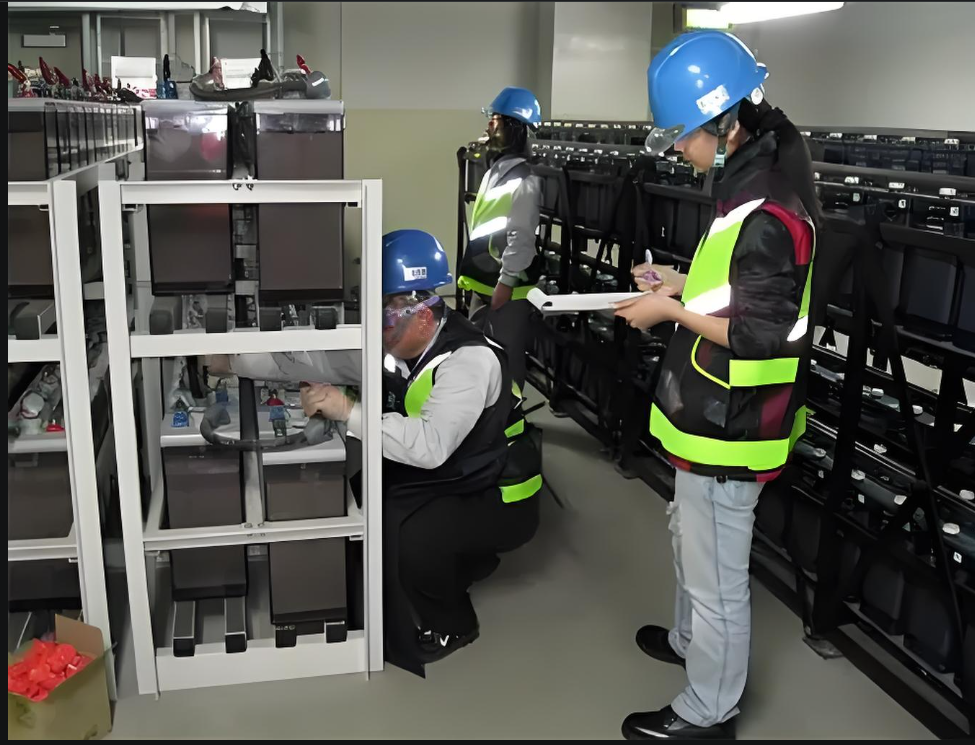
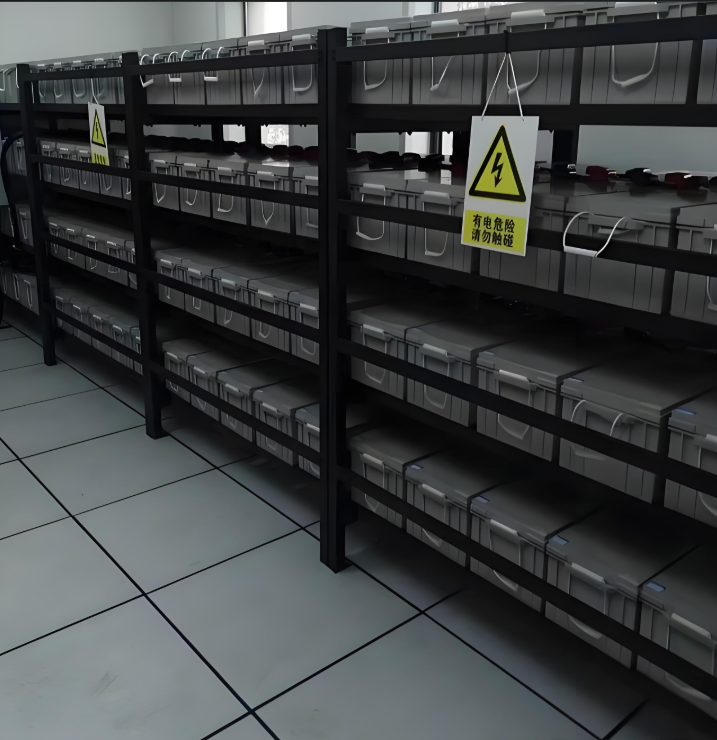
3. Safety and Emergency Management
Due to the inherent chemical hazards associated with lead-acid ups battery systems, strict adherence to safety protocols and emergency procedures is critical.
Safe Operation Procedures
-
Personal Protective Equipment (PPE): Operators must wear acid-resistant gloves and safety goggles when handling batteries.
-
Insulated Tools: Ensure that all tools are insulated to prevent accidental short-circuits. Avoid using metal tools that could simultaneously contact both the positive and negative terminals, as short-circuit currents can reach thousands of amperes.
Leakage and Fire Emergency Response
-
Leakage Response: In the event of battery leakage, use sand to absorb the acid and then transfer it to a dedicated acid-resistant container. Clean the contaminated area with a 5% baking soda solution to neutralize the acid.
-
Fire Response: For battery fires, use dry powder or carbon dioxide (CO?) fire extinguishers. Do not use water because the sulfuric acid in the battery electrolyte can react with water, potentially worsening the situation.
4. Conclusion
The core of UPS battery room maintenance lies in temperature control, moisture management, connection integrity, and proactive maintenance. Adopting precise environmental management techniques, routinely checking battery performance, and implementing strict safety protocols can significantly extend the lifespan of your ups battery system and minimize the risk of power outages. A well-maintained UPS battery room not only ensures the reliability of communication networks, data centers, and other critical facilities but also results in enhanced economic and operational efficiencies.
By following this systematic approach to ups battery maintenance, organizations can ensure continuous, reliable power supply and maximize the performance and longevity of their lead-acid batteries.


